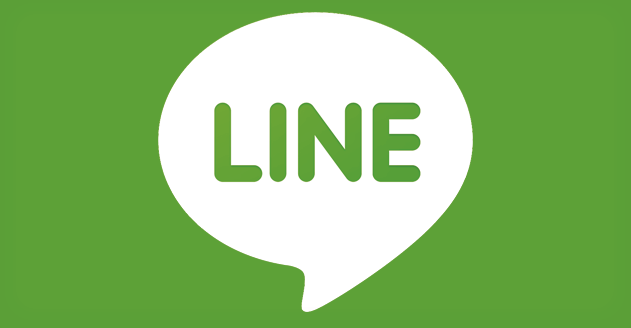Line, the popular Japanese messaging service that went public last week on both the NYSE and in Japan, partnered on a fund a couple of years ago with the New York-based venture firm Collaborative Fund in order to gain more of a foothold in the U.S.
According to a Dealbook story that announced the pairing, the fund planned to invest less than $10 million and to focus on very early-stage startups. If all went as planned, it would also hopefully help Line find a way to compete with the likes of popular U.S. messaging services like Snapchat.
Fast forward to today, and that fund, called simply Collab+Line, has so far invested in nine companies, all of which can “benefit from working with a mobile messenger and/or have aspirations to expand to Asia,” says Craig Shapiro, Collaborative Fund’s CEO.
Its areas of focus include media, IoT, commerce, communications, and community.
Collaborative Fund is the sole manager of the fund, but it works closely with Line to “ensure there is an alignment of interests,” says Shapiro. In fact, Shapiro had told Dealbook for its story that by investing in start-ups through Collab+Line, Line could get close to U.S. startups and potentially even acquire them.
Asked if that’s still the idea, Shapiro tells us he “can’t comment.” Still, given Line’s new resources — its market cap is currently around $7 billion — some of its portfolio companies may be wondering.
Some of Collab+Line’s bets to date include the live social video network YouNow (five years old, based in New York, has raised $26 million); Particle, a prototype-to-production platform for developing IoT products (nearly five years old, based in San Francisco, has raised $4.2 million ); Slash, an iPhone keyboard that makes it easy to share things without switching apps (a year old, New York based, has raised $1.4 million); and Zendrive, a startup that uses smartphone sensors to measure drivers’ behavior (three years old, San Francisco based, has raised $15 million).
Line also has a nearly two-year-old venture arm called Line Ventures that has said it will invest up to $100 million in online-to-offline, e-commerce, payment, media, and entertainment startups, though those bets appear more regionally focused.
Line does not have partnerships with venture firms other than Collaborative Fund, as far as Shapiro knows.
Collaborative Fund is currently investing from three funds, including Collaborative Fund III, its third main fund, which closed with around $70 million last year, and Collab+ Sesame, a $10 million fund that Collaborative closed in February of this year. (More here.)
Line launched five years ago to enable Japanese residents to communicate after a 9.0 earthquake struck the country’s northeastern shore, creating a tsunami that wiped out many coastal towns and famously damaged a nuclear power plant reactor. Naver, a large South Korean company, controls the service, and says Line has 218 million monthly active users.
Nearly one-third of Line’s revenue comes from advertising. Like China’s WeChat, it’s also evolving into a platform where users do much more than message one another. Among the newer services it offers are music streaming, online payments, and ride hailing.
